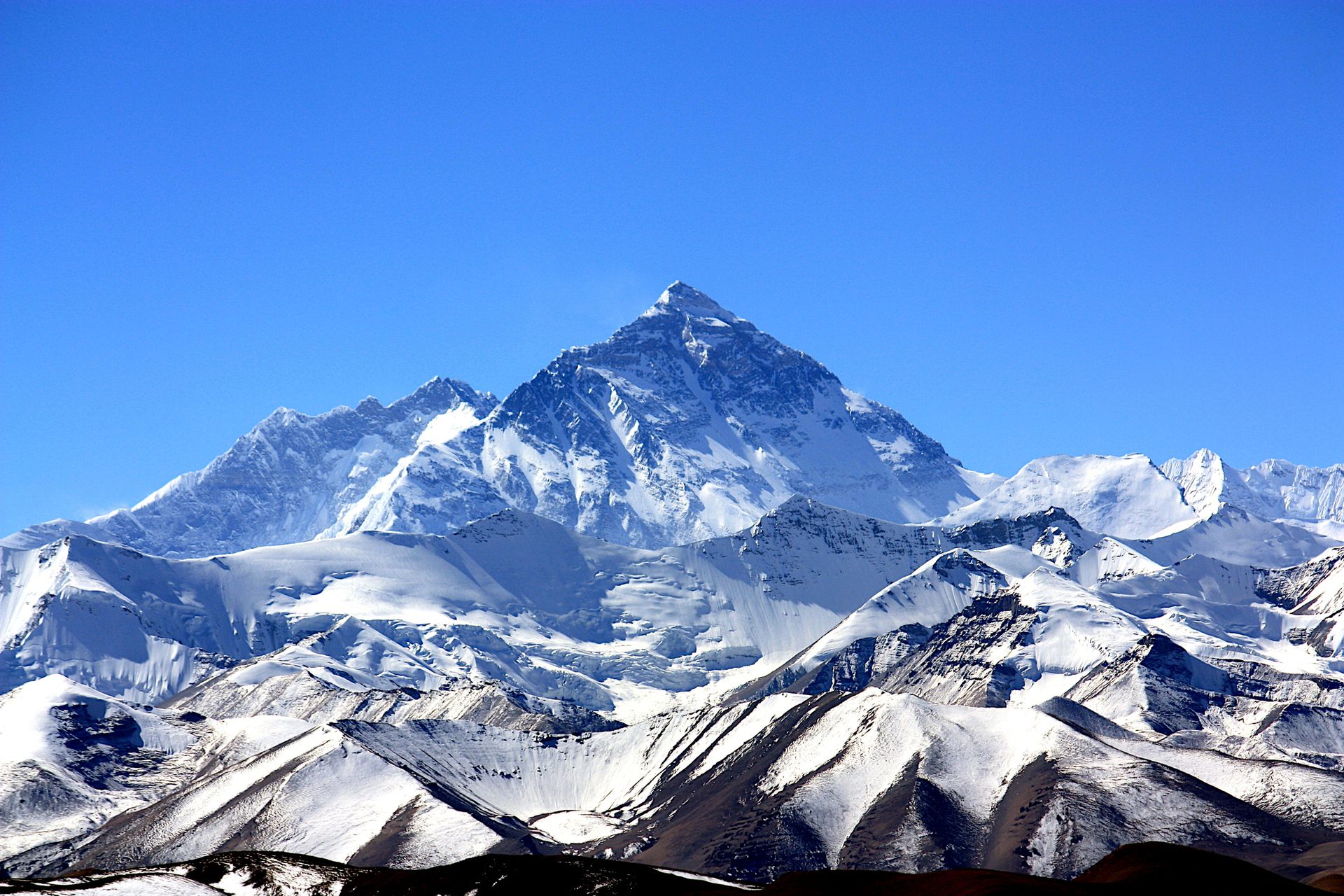The Evolution of Climbing Everest: Insights from iBestTravel
Published 11 May 2024
The first documented individual to conquer the “Seven Summits” — the tallest mountain on each continent — was Dick Bass, an American businessman. Despite lacking professional training or experience in mountaineering, he had a powerful vision.
During his climbing adventures, Bass was often joined by Frank Wells, another American businessman. Although Wells was unable to summit Mount Everest, his later appointment as president of The Walt Disney Company showcased his remarkable journey in a different arena.
Bass’ successful ascent of Everest in 1985, coupled with significant media coverage, ignited the mountain guiding industry, illustrating a shift in who can reach these formidable heights. As noted by Will Cockrell, this transformation catered particularly to high-net-worth individuals, seeking extraordinary adventures.
High-Net-Worth Individuals in Mountain Climbing
The clientele on guided ascents of Everest historically includes many professionals such as dentists, doctors, lawyers, and investment bankers. This trend reflects a growing phenomenon where affluent businesspersons arrive at Everest base camp with minimal climbing experience, raising concerns in various communities about entitlement and the risks associated with these climbs.
A Transformative Experience
Since the era of Dick Bass, advancements in Everest guiding have democratized access to the mountain, allowing climbers of varying fitness levels to attempt a summit. Moreover, this evolution is not merely about physical challenges; it’s about achieving personal milestones. Influenced by their business backgrounds, many climbers view summiting Everest as a testament to determination and the embodiment of their tenacity.
The Economic Landscape of Everest Climbing
Climbing Everest remains a significant financial undertaking, often exceeding $100,000 for a guided ascent. When one factors in additional costs for gear and training, it becomes evident why such a pursuit is primarily accessible for the affluent.
However, this economic climate also encourages local job creation. The influx of wealth into the region has provided opportunities for local Sherpas, enabling them to acquire advanced educations and establish their own enterprises, thus reshaping the Everest guiding landscape into one predominantly driven by Nepali-owned companies.
The Current State of the Everest Industry

Over the past thirty years, the guiding industry on Everest has adapted and thrived, influencing the local economy. The transformation has not only expanded the base of climbers but has also led to innovations such as hypoxic tents, enabling acclimatization at home, and subsequently shortening the duration needed in the field.
Ultimately, Everest stands as a symbol of what individuals can achieve with dedication, resources, and the desire to explore beyond normal limits. It suggests a future where extraordinary experiences, such as space travel, may soon be accessible to regular individuals, further democratizing adventure.




